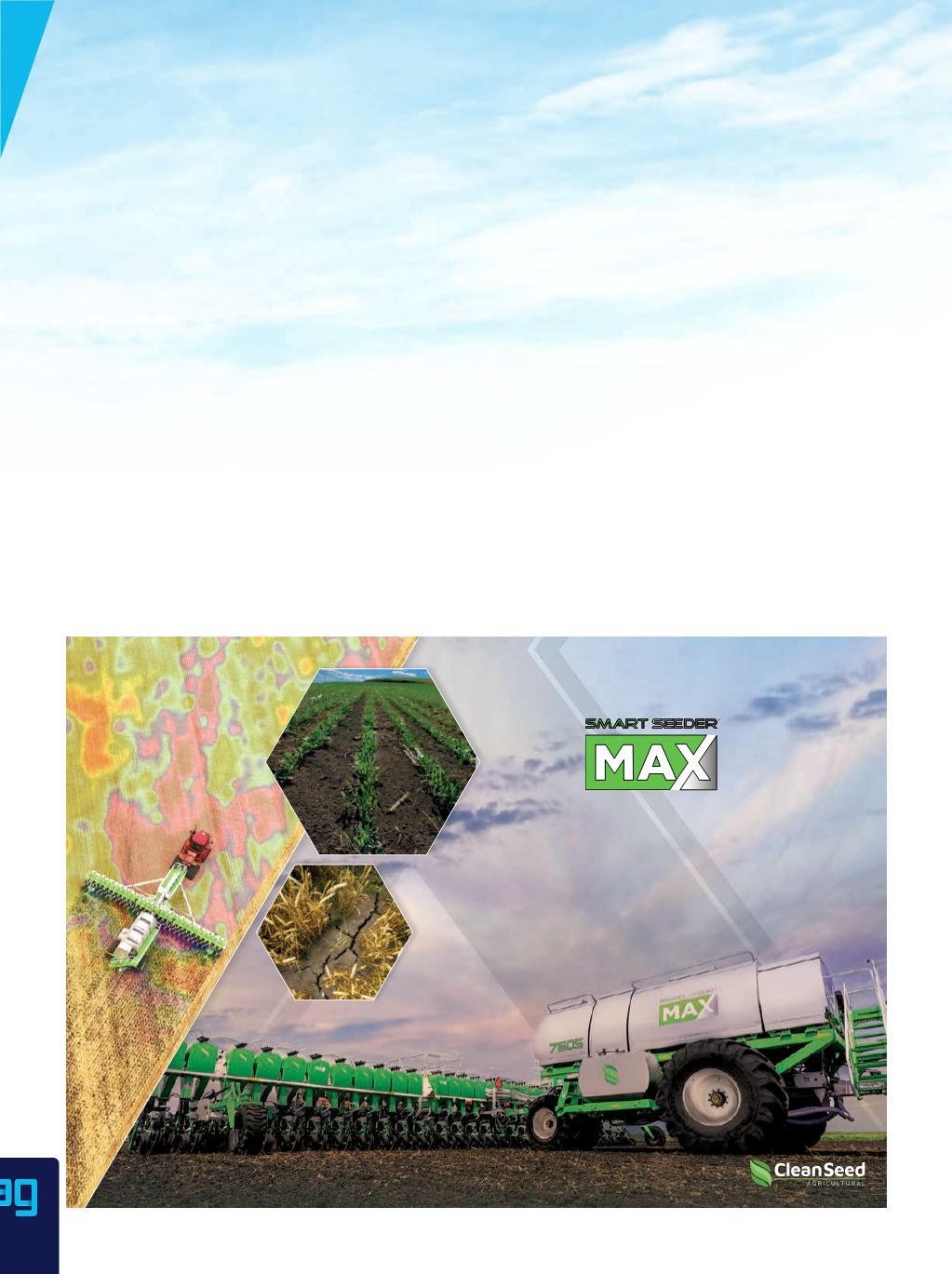

32
SMART SEEDER TECHNOLOGY RISES TO THE FUTURE OF DIGITAL AGRICULTURE SMARTSEEDERMAX.COMHowever, the use of the GLS 808 Grow System
provides feed for up to 2,000 cows—again scalable,
so that four units would feed 8,000 cows. Perrotin
provided the example of 12 modules of the GLS 808
Grow Systems, capable of producing 25-million lbs
(11,339,809.25 kgs) of feed each year for 2,000 cows.
The Grow Systems create live, green feed of barley
or wheat—depending on the farmer preference or
budget—that allows the farmer to harvest after just
six days. Of course, the idea is to not have to wait six
days for the next harvest, but to have a constant daily
harvestable feed available to provide the freshest
sprouts for the cows. It’s why the HydroGreen systems
work best with multiple units.
But will the cows eat what is grown, and is it
nutritious? High in sugars, low in starch, enzyme-rich
to promote digestion, low potassium, the six-day feed
is both highly palatable and digestible.
After several trials at Crosswind Jerseys Inc. jersey
dairy farm in Elkton, South Dakota, Perrotin said
HydroGreen found data to support favourable
increases in milk production, cow health and cow
fertility after calving, such as increases of:
•
12 percent rumination activity and dry matter
intake;
•
13 percent milk weights; and
•
17 percent conception rates.
Peak nutrition cow feed available in six days—and
every day should the farmer seed the units that way—
regardless of the weather. Sustainability-wise, he said
that HydroGreen sees itself as part of the circular
farming program, and is always looking for partners to
become even more involved.
Perrotin summed up: “It’s more than a feed grow
system. It’s also about looking to provide net-zero
farming (opportunities), and feed is a part of it.”
|
pag
















